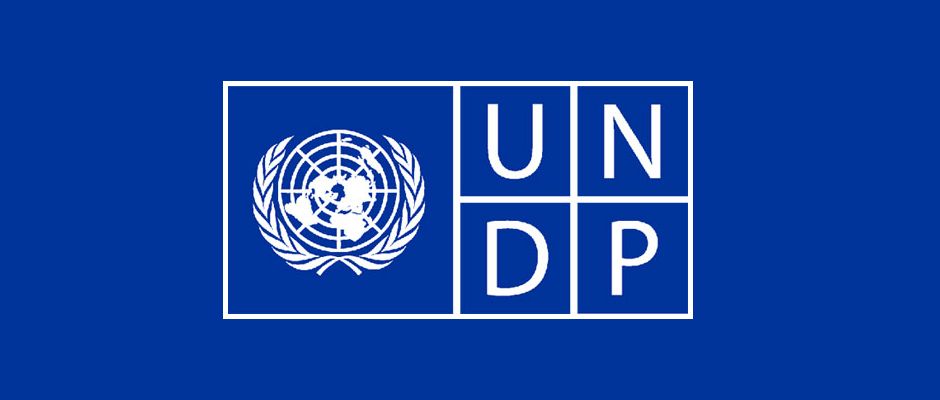
There was lots of noise over the weekend about constitutional reform plans in Ukraine.
Constitutional reform was a key part of the Minsk II ceasefire agreement back last February, but the problem is that it was never clearly defined in the Minsk agreement what exactly this entailed. Partly this was the fault of the Western Normandy powers (France and Germany) who, after an all-night session with Russian President Vladimir Putin and Ukrainian President Petro Poroshenko, appeared just eager to get the two sides to sign anything that might bring a moderation in fighting, and to buy time for more substantive peace talks to bear fruit – classic can kicking.
These talks have followed in the contact group format in Minsk, but with little progress, and news that former President Leonid Kuchma now wants to resign as the Ukrainian representative is hardly encouraging, and a sign that little progress has been made.
That said, at Minsk there was general acceptance that more power should be given to Ukraine’s regions, but there is a broad spectrum of possibilities from modest decentralization as talked about/favored by Poroshenko, to the federal solution as supported by Moscow, and something in between which now appears to be favored by the Opposition Party in Ukraine, and perhaps also by other oligarchic groups in Ukraine (who think they can dominate local government again, if not national politics).
Read the full article on www.kyivpost.com.
Timothy Ash is the London-based head of Central Eastern Europe, Middle East & Africa credit strategy for Nomura International, a Japanese financial holding company.




